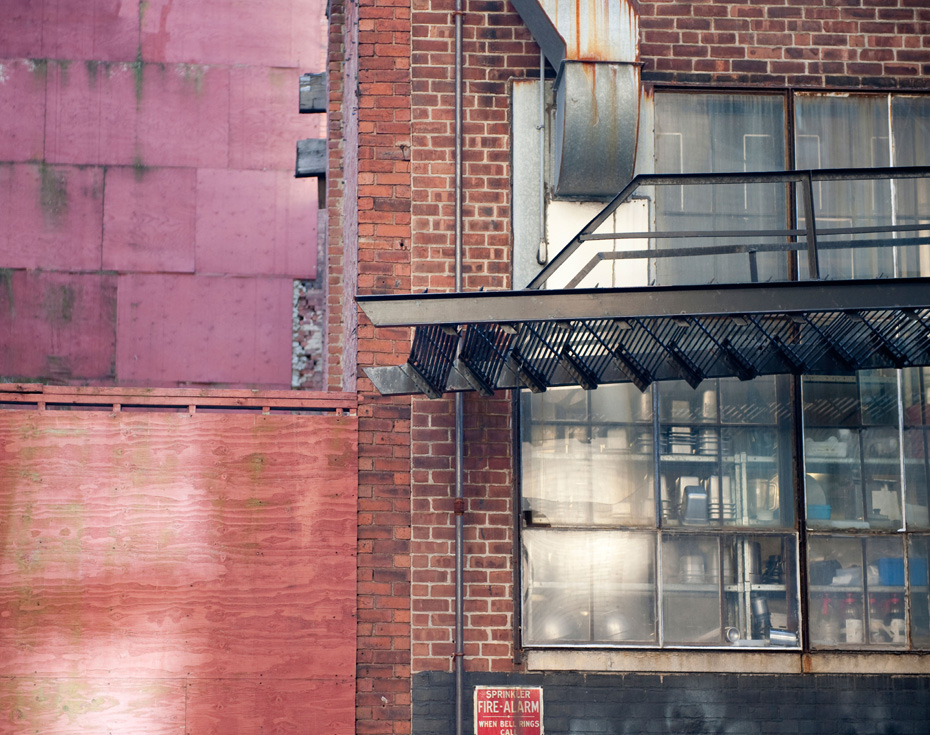Viewpoint: Landlords — CVAs, how to avoid a £1 dilapidations value and what happens if a CVA fails
Office | Portfolios | Retail & Leisure | Adam Farrer | 20 January 2020With the ongoing challenges facing the retail sector, Company Voluntary Arrangements (CVAs) pose a real threat to landlords, where dilapidations liabilities are not recognised.
A CVA is a formal process, supervised by a qualified insolvency practitioner. The aim is to allow a company to trade its way out of trouble (see our key facts on CVAs below).
In terms of commercial leases, those at greatest risk to landlords are:
- Group B: Marginal stores, where significant lease renegotiations/rent reductions can be expected; and
- Group C: Unprofitable stores, where premises are closed and returned to landlords.
What this means for you as a landlord
Once the CVA process has started, it is already too late for landlords to demonstrate the tenant’s dilapidations liabilities, which get valued at only £1. This is due to recent case law determining that as dilapidations liabilities are rarely quantified prior to lease end, the dilapidations value is unascertained, and therefore is given the £1 value.
This means it is the loss making (Group C) stores which provide the greatest exposure for landlords with respect to dilapidations once the CVA process has started, with a tenant’s dilapidations liability essentially being wiped out.
Typically retail units have extensive fit-outs, which often need stripping out at lease end to allow a quick re-letting of the property. In properties where a tenant has a full repairing obligation both internally and externally, repairing and decorating works are also often required. This creates significant (dilapidations) cost in most instances.
How can landlords provide evidence of their future losses to avoid the £1 dilapidations valuation?
- Once the CVA process has started, landlords have missed their opportunity to try and control risk.
- Early planning and monitoring the profitability of a tenant’s business is essential.
- Detailed itemised Schedules of Dilapidations have mostly proven successful in challenging the £1 valuation, when issued before the CVA process has been agreed/commenced.
- Schedules of Dilapidations can (where appropriate) be accompanied by a S18 Diminution valuation to demonstrate a landlord’s loss.
- Where landlords suspect a tenant is to enter into a CVA agreement and close loss making (Group C) stores/units as a result, a costed Schedule of Dilapidations should be served as soon as possible.
How can we help you demonstrate a tenant’s dilapidations liability?
- We’ll prepare a Schedule of Dilapidations for you, to demonstrate a cost has already been ascertained.
- We can also recommend valuers to undertake a diminution (S18) valuation.
Key Facts around CVAs and what they mean for commercial property
- CVAs are an insolvency and rescue procedure provided for in Part 1 of the Insolvency Act 1986 and aim to permit a company to trade its way out of trouble.
- CVAs are supervised by a qualified insolvency practitioner.
- Planning ahead and keeping tabs on the profitability of a tenant’s business is crucial, as once the CVA process has started:
-
- a CVA supervisor will value dilapidations liabilities at £1 in the absence of any evidence to the contrary, and
- landlords have missed their opportunity to try and control their risk.
-
- A Detailed itemised Schedule of Dilapidations will need to be served before the CVA process has been agreed/commenced, in order to challenge the £1 valuation otherwise allocated to unascertained dilapidations liabilities.
- Above all, getting the right advice early on is imperative.
But, what happens if a CVA fails?
Recent studies have found that 50% of big brand tenants who have entered into the CVA process have gone on to enter into administration, with Mothercare being a recent example.
Once a tenant goes into administration, the chance of dilapidations monies being recoverable becomes very unlikely, regardless of whether or not a landlord has provided evidence of the tenant’s dilapidations liabilities pre-CVA initiation.
By keeping a close eye on your tenant’s profitability, you will stand a better chance of foreseeing a CVA application and taking the appropriate actions (as detailed above), however, it is clearly more difficult to forecast is when a tenant is set to enter into administration, where a CVA hasn’t resulted in a tenant trading its way out of trouble.
Balancing the risks
This means that landlords undertaking a dilapidations schedule, will incur a cost in fees, when a tenant may go on to enter administration (where fees may no longer be recoverable).
Landlords will have to assess this risk of expenditure on fees versus the potential of having no grounds of recovery for dilapidations, should a tenant enter into the CVA process, but not end up going into administration. On buildings where a tenant is the sole occupier and has a full repairing and decorating obligation, the dilapidations liability could be considerable.
If you want more information regarding the implications of CVAs and your options as a landlord, call or email Adam Farrer.


